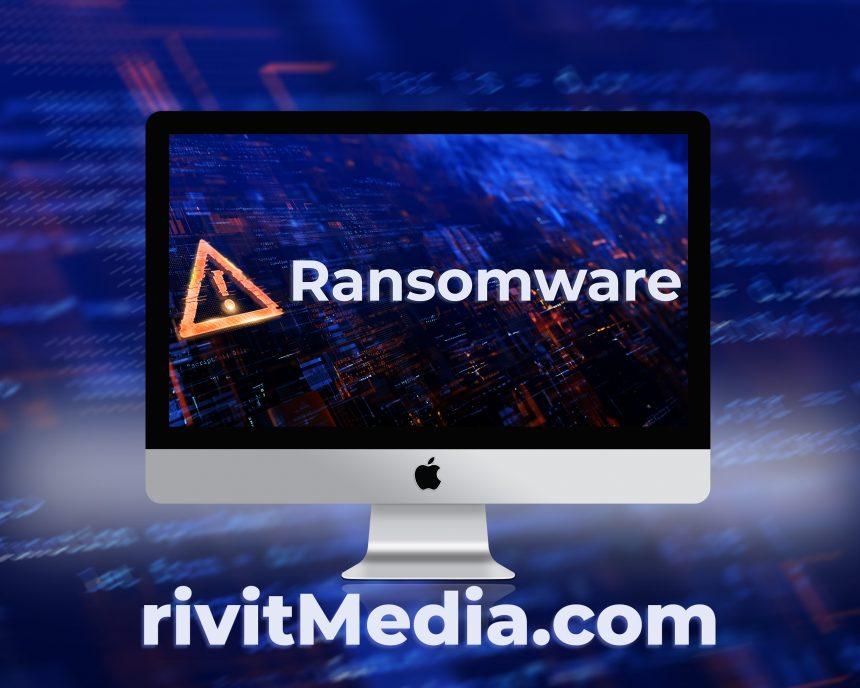Ransomware is a form of malicious software (malware) designed to block access to a computer system or encrypt its data, demanding a ransom payment to restore access. This type of malware is particularly insidious because it targets critical personal or business data, rendering files inaccessible and often causing significant disruption. Ransomware infiltrates systems through various methods, including phishing emails, malicious downloads, and exploit kits, posing a severe threat to both the infected system and the individual whose system has been compromised.
The Purpose and Function of Ransomware
The primary purpose of ransomware is financial gain for the attackers. Once installed, ransomware encrypts the victim’s files or locks the system, displaying a ransom note that demands payment in exchange for the decryption key or the release of the system. The term “ransomware” comes from the demand for a ransom, typically in cryptocurrency, which makes the transactions harder to trace.
The Specific Threat of DragonForce Ransomware
DragonForce Ransomware is a particularly harmful variant of ransomware. It employs sophisticated encryption algorithms to lock victims’ files and demands a ransom for their release. This ransomware typically infiltrates systems through phishing emails containing malicious attachments or links, malicious downloads from untrustworthy websites, or by exploiting vulnerabilities in software or operating systems.
Installation and Actions of DragonForce Ransomware
Once installed on a system, DragonForce Ransomware executes the following actions:
- Encryption of Files: It encrypts various types of files, changing their extensions to something unique, such as “.encrypted” or a variant specific to DragonForce, rendering them inaccessible.
- Ransom Note Creation: It creates and displays a ransom note on the infected system, usually in a text file or an HTML page. This note contains instructions on how to pay the ransom and often includes threats of data deletion or public release if the ransom is not paid.
Example of File Extension
An example of a file extension used by DragonForce Ransomware after encryption could be “.dragonforce”.
Overview of the Ransom Note
The ransom note left by DragonForce Ransomware typically includes the following details:
- Message Header: Often includes a warning or urgent message.
- Instructions for Payment: Detailed steps on how to purchase and transfer cryptocurrency (usually Bitcoin).
- Deadline: A time frame within which the ransom must be paid to avoid further consequences.
- Threats: Possible threats of data deletion or public exposure if the ransom is not paid.
- Contact Information: Email addresses or links to contact the attackers for decryption instructions.
Text in this ransom note:
Hello!
Your files have been stolen from your network and encrypted with a strong algorithm. We work for money and are not associated with politics. All you need to do is contact us and pay.
— Our communication process:
1. You contact us.
2. We send you a list of files that were stolen.
3. We decrypt 1 file to confirm that our decryptor works.
4. We agree on the amount, which must be paid using BTC.
5. We delete your files, we give you a decryptor.
6. We give you a detailed report on how we compromised your company, and recommendations on how to avoid such situations in the future.
— Client area (use this site to contact us):
Link for Tor Browser: –
>>> Use this ID: 5259BC46FA73563564AA07A84EC63608 to begin the recovery process.
* In order to access the site, you will need Tor Browser,
you can download it from this link: hxxps://www.torproject.org/
— Additional contacts:
Support Tox: 1C054B722BCBF41A918EF3C485712742088F5C3E81B2FDD91ADEA6BA55F4A856D90A65E99D20
— Recommendations:
DO NOT RESET OR SHUTDOWN – files may be damaged.
DO NOT RENAME OR MOVE the encrypted and readme files.
DO NOT DELETE readme files.
— Important:
If you refuse to pay or do not get in touch with us, we start publishing your files.
12/07/2024 00:00 UTC the decryptor will be destroyed and the files will be published on our blog.
Blog: –
Sincerely, 01000100 01110010 01100001 01100111 01101111 01101110 01000110 01101111 01110010 01100011 01100101
Symptoms of DragonForce Ransomware Infection
Common symptoms indicating a DragonForce Ransomware infection include:
- Inaccessible Files: Files with changed extensions that cannot be opened.
- Ransom Note Appearance: A ransom note appearing as a text file or HTML page.
- System Slowdown: Reduced system performance due to the encryption process.
- Strange Network Activity: Unusual outgoing network traffic as the ransomware communicates with its command and control servers.
Detection Names
To determine if your system is infected with DragonForce Ransomware, you can look for the following detection names used by various antivirus programs:
- Trojan.Ransom.DragonForce
- Ransom:Win32/DragonForce
- Win32:DragonForce-Ransom
Similar Threats
Other ransomware threats similar to DragonForce Ransomware include:
- Ryuk Ransomware
- Sodinokibi (REvil) Ransomware
- WannaCry Ransomware
Comprehensive Removal Guide for DragonForce Ransomware
- Disconnect from the Internet: Prevent further data from being sent to the attackers.
- Enter Safe Mode: Reboot your system into Safe Mode to prevent the ransomware from running.
- Use Anti-Malware Software: Run a full system scan with reputable anti-malware software to detect and remove the ransomware.
- Restore Files from Backup: If you have backups, restore your files from a clean backup.
- Use Decryption Tools: If available, use ransomware decryption tools specific to DragonForce Ransomware.
- Reinstall Operating System: In severe cases, you may need to perform a clean installation of your operating system to completely remove the ransomware.
Preventing Future Infections
- Regular Backups: Maintain regular backups of important files and store them offline or in the cloud.
- Update Software: Keep your operating system and software updated to protect against vulnerabilities.
- Use Antivirus Software: Install and regularly update reputable antivirus software.
- Be Cautious with Emails: Avoid opening attachments or clicking links in unsolicited emails.
- Secure Network: Use strong passwords and enable firewalls to protect your network.
By understanding and following these guidelines, individuals and businesses can protect themselves against DragonForce Ransomware and other similar threats, ensuring their data remains secure and their systems operational.
If you are still having trouble, consider contacting remote technical support options.





